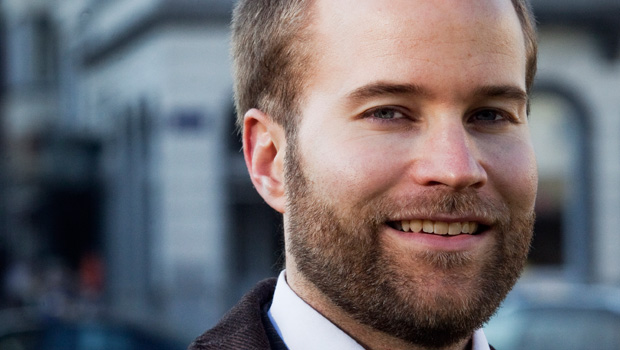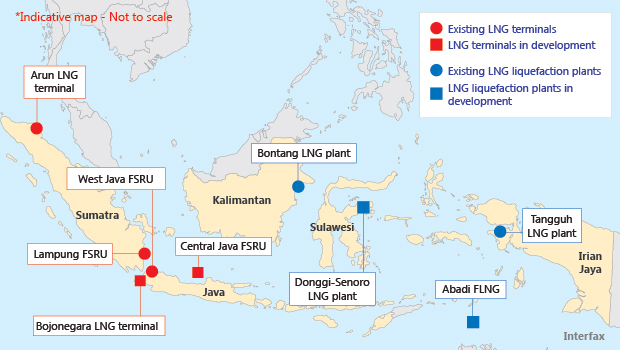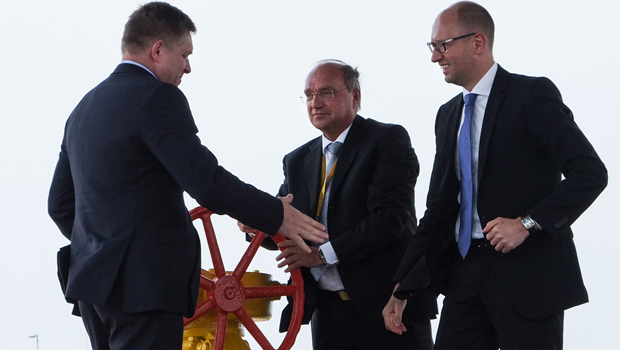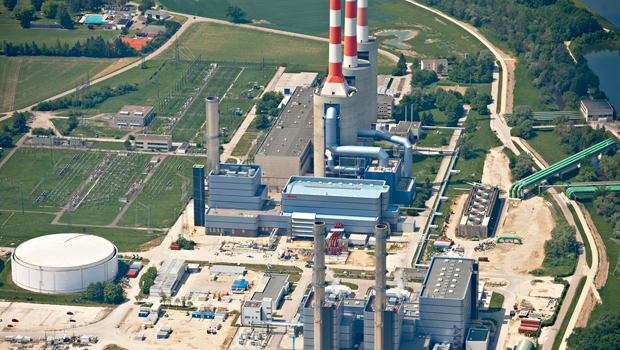How to spur CCS development in Europe
 Jonas Helseth, director of Bellona Europa and leader of the foundation’s work on CCS. (Bellona Europa)
Jonas Helseth, director of Bellona Europa and leader of the foundation’s work on CCS. (Bellona Europa)
Carbon capture and storage (CCS) is considered a vital component in reducing emissions, but the technology is not making any progress in Europe. While the dire financial situations of many European utilities are proving a setback, clear financial and environmental incentives are lacking too, Jonas Helseth, director of Bellona Europa and leader of the foundation’s work on CCS, told Interfax.
Interfax: Does CCS still have a chance in Europe? What are the main obstacles?
Jonas Helseth: The most important component of CCS is storage, and Europe has a huge storage resource in the North Sea, mainly in depleted oil and gas fields. The European Commission is working on mapping these resources – some of them are already well known, including the Norwegian shelf, with huge capacity.
Developing storage, along with a large-scale EU intervention to get carbon dioxide hubs and large-scale infrastructure underway, will play a crucial role in ‘unlocking’ CCS in Europe.
We have plenty of CO2 emission sources and the capture technology is ready. With storage and transport developed through common European projects, which will help attain economies of scale and drive down costs of this key climate technology, CCS certainly still has a chance in Europe. Without it, Europe will not be able to deliver on its long-term climate goals.
Interfax: How can political incentives be created for CCS?
JH: An Emission Performance Standard (EPS) [which sets limits for emissions of pollutants such as CO2 for new fossil fuel power plants on a per kWh basis] would be the quickest way to ensure we get no further stranded fossil assets. The CO2 Storage Directive’s CCS readiness provision has not been delivering the desired effect in this respect.
[The CCS readiness provision, under Article 33 of the CO2 Storage Directive, tells power plant operators their plant might be commercially and operationally affected by environmental legislation. Operators then need to demonstrate ‘economic ability’ to deliver CCS.]
An EPS would be a much more directly impactful measure, forcing fossil fuel users to either clean up with CCS or shut down. The United States is currently pursuing an EPS, Canada and the UK already have one, and we now need a European-level EPS.
A CCS target would be the next natural step to raise ambitions and spur member state action, and one which has recently been recommended for consideration by the commission in the ongoing review of the CO2 Storage Directive. Yet those efforts are only likely to incentivise CO2 capture, and the linchpin of CCS remains CO2 storage.
Therefore we need to look into developing incentives for storage providers, for instance a reward system based on per ton of CO2 stored (but carefully designed to avoid perverse incentives for increased emissions) so that these can be developed in time to handle the CO2 captured.
Without an early development of large-scale storage, CCS will not get off the ground, although capture becomes ever cheaper.
Interfax: Why is the ROAD project – the CO2 capture project at a coal power plant in Maasvlakte outside Rotterdam – not progressing?
JH: The delivery of the ROAD project has been stalled due to the lack of funding to proceed to a positive FID. E.On and GDF Suez, the future operators of ROAD, have said the funding gap now stands at €130 million [$137 million]. We have reasons to suspect that both companies see the project as a liability, due to their no longer seeing CCS as anything they will be forced to do in the foreseeable future.
The commission has supported efforts to close its funding gap. To date this has been partially successful, with Norway promising to contribute to the project. Final confirmation from other funders is expected in the coming months.
Germany and France especially should now take their responsibility and support this project with substantial funding, to ensure [Continental] Europe has an ambitious CCS project to show when we get to COP21 in Paris at the end of this year.
Interfax: Reform of the EU Emission Trading System (ETS) may be further delayed. Why does reform remain important?
JH: The low and volatile carbon price which has prevailed in the EU ETS failed to incentivise investment in essential low-carbon technologies, such as CCS.
In the absence of an adequate price signal – such as an EU-wide EPS – a comprehensive structural reform of the ETS, entailing an earlier start date and keeping previously backloaded allowances out of the market, is imperative to ensuring the stabilisation of the price at a sufficiently high level to stimulate low-carbon investments and emission reductions.
We have no illusions that an emission price that will deliver CCS – as well as other crucial investments in energy efficiency and renewable capacity – can be attained in the short term, however. Therefore, in parallel to efforts to fix the ETS, we need transitional measures to ensure we don’t lose a decade of climate technology progress.









